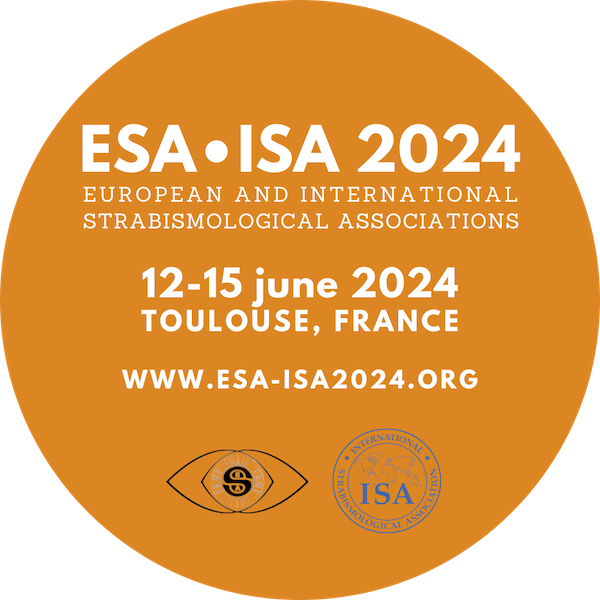
Session: Poster session C
Fluorescent surgical needles for teaching strabismus surgery
Introduction
There are many reports of globe perforations while suturing the muscle to the sclera.
Losing the sight of the needle during the scleral pass can result in globe perforation.
There have been many published ideas on how to address this issue.
We present needle fluorescence as a way of not losing sight of the needle during the scleral pass.
Methods
Our first attempt was to use fluorescent paint on a 6-0 Spatulated needle.
Using blue light we could see the fluorescence while doing simulated scleral passes on different materials and pig eyes.
We thought about 3D printing the needles with fluorescent PLA filament. We used Onshape software and Bambu Lab printers, the filament was Ziro 3D PLA-PRO.
The needles could be designed and printed at a larger size.
They were tested on different materials but not on pigs eyes because the size of the needle was too large.
Results
Fluorescence proved to be a tool to asses the depth of the needle on different materials, but couldn't be tested yet on pig eyes due to the large size of the needle.
Conclusions
Our trial plastic needles were created with a basic 3D printer and they are too large to perform a scleral pass in pig eyes.
We are working on reducing the size and increase the strenght and sharpness of the fluorescent needle, but the main point is that plastic fluorescent needles showed to be very helpful in keeping track of the needle in other materials.